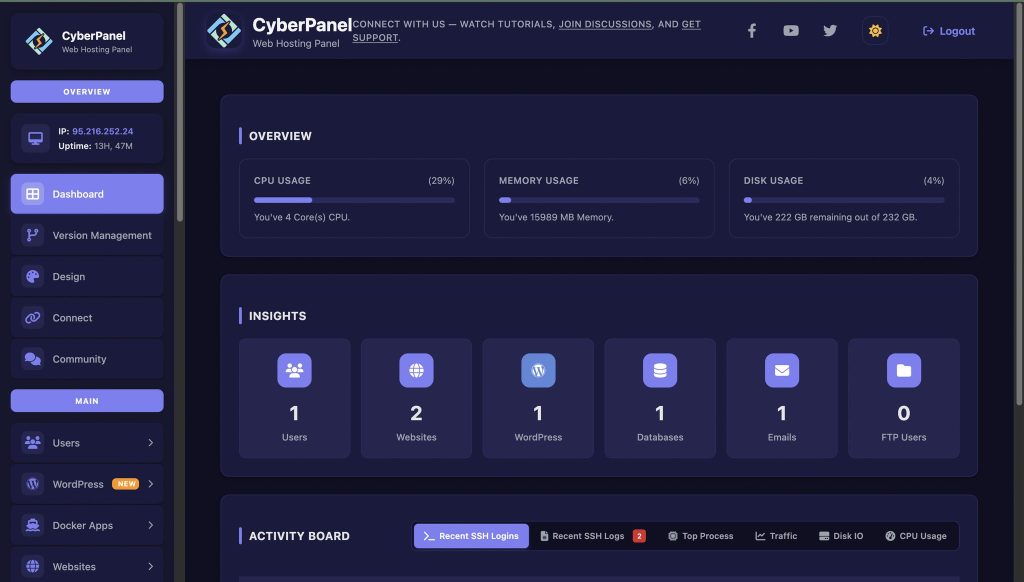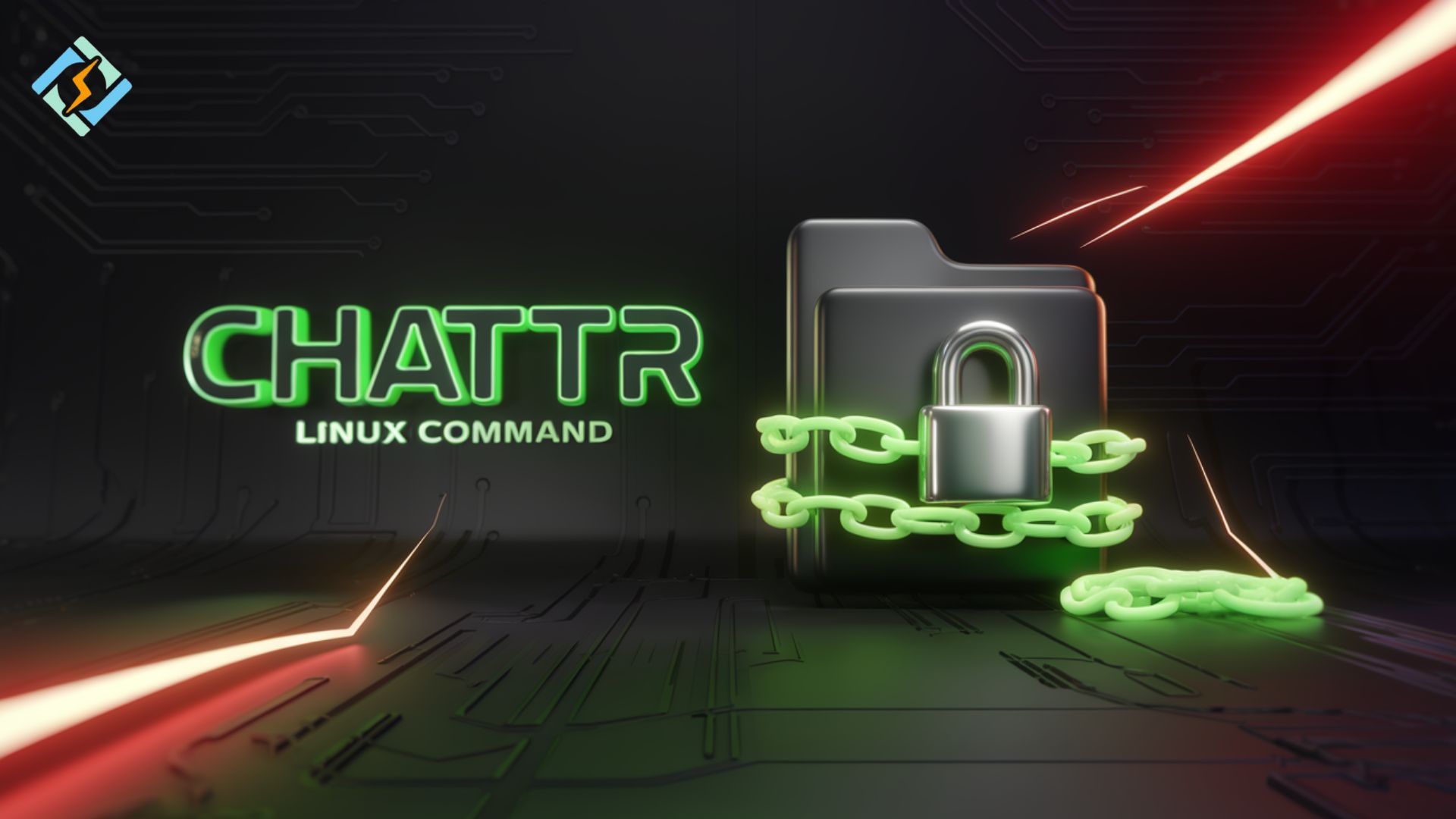File security is a serious issue for all Linux users. Errors, inadvertent edits, and unauthorized changes can cause immense issues on a system. That is where chattr Linux comes into play. This is a command-line utility that allows you to modify file attributes to add an additional layer of protection to sensitive files.
The chattr command in Linux allows you to change files to be immutable, append-only, or restricted against deletion, thus creating a hurdle for even the root user to bypass without removing the attributes first. Configuration files, critical system directories, and the chattr in Linux utility are a lightweight but powerful file defense utility.
Not only do system admins and developers use Linux chattr for security, but better file management in its own way. Once you lock down a file against accidental modification, you can expect stability and integrity on that system. In this article, we will explain how the chattr command in Linux works, its syntax, and practical examples to help you secure your Linux environment.
What is Chattr in Linux?
Chattr is shorthand in Linux for “change attribute”. It modifies the file attributes of a file at the filesystem level. For example, you can set an immutable attribute on a file so it can’t be changed or deleted until the attribute is removed.
How Does the Chattr Command in Linux Work?
The chattr command in Linux works by setting attributes on files that the kernel will enforce. Even the root user cannot bypass this restriction unless they remove the attribute with the respective flag.
Basic Syntax of the Chattr Command in Linux
This is the basic syntax:
Get exclusive access to all things tech-savvy, and be the first to receive
the latest updates directly in your inbox.
chattr [operator] [attributes] [filename]
+→ Adds an attribute-→ Removes an attribute=→ Sets the attribute exactly
Example:
chattr +i myfile.txt
This makes myfile.txt immutable.
Useful Chattr Linux Attributes
| Attribute | Meaning | Example |
|---|---|---|
i | Immutable – file cannot be modified or deleted | chattr +i file.txt |
a | Append-only – new data can be added, but old data cannot be removed | chattr +a logfile.log |
e | Extents format – default for ext4 filesystem | Auto-managed |
j | Data journaling | chattr +j data.db |
A | No atime updates – improves performance | chattr +A file.txt |
Practical Examples of Linux Chattr
Here are some examples of Linux Chattr:
1. Make a file immutable
chattr +i config.cfg
2. Remove immutable attribute
chattr -i config.cfg
3. Set append-only attribute
chattr +a logfile.log
4. View file attributes
lsattr config.cfg
Why Use Chattr Command Linux?
- Protect Configuration Files
- Prevent Accidental Deletion
- Edit Logs
- Retention Consistency for Data
- Security at the File Level
Role of CyberPanel

If your server is managed with CyberPanel, a web hosting control panel, then you have layered security benefits by combining its GUI-based security with chattr command Linux. For example, use CyberPanel to manage the websites and databases while using Linux chattr to lock down your configuration files. You can feel confident that critical server files stay intact even in the event of user error.
Wrapping Up!
The chattr command in Linux offers a simple yet effective method to protect mission-critical files. When you mark files immutable or append-only, you impose a layer of protection that even root cannot bypass without specifically removing those attributes. When you link the use of CyberPanel server management with accomplishing what Linux chattr is capable of, administrators gain more power and access control, coupled with the stability of the environment.
If you are seeking to secure your Linux environment, especially to protect your most sensitive files, use chattr command to lock down those files today.

People Also Ask
What is the use of chattr in Linux?
It is used to set file attributes like immutable or append-only to prevent unauthorized modifications.
How do I make a file immutable in Linux?
Use chattr +i filename to make it immutable. It cannot be changed or deleted.
Can root override chattr command in Linux restrictions?
Not directly. The root user must remove the attribute with chattr -i filename before making changes.



